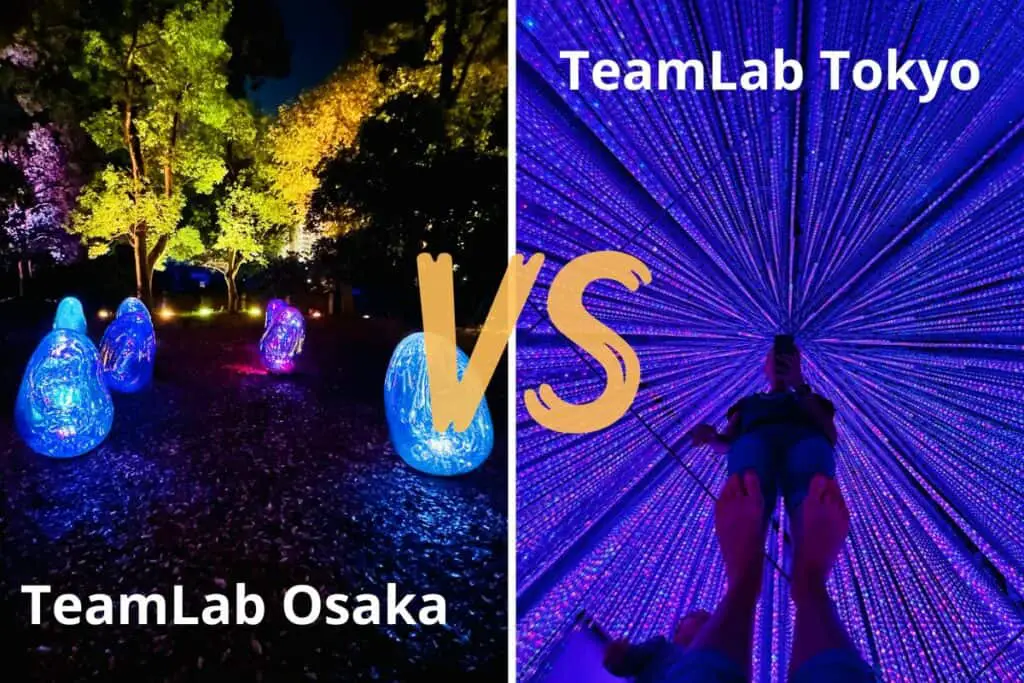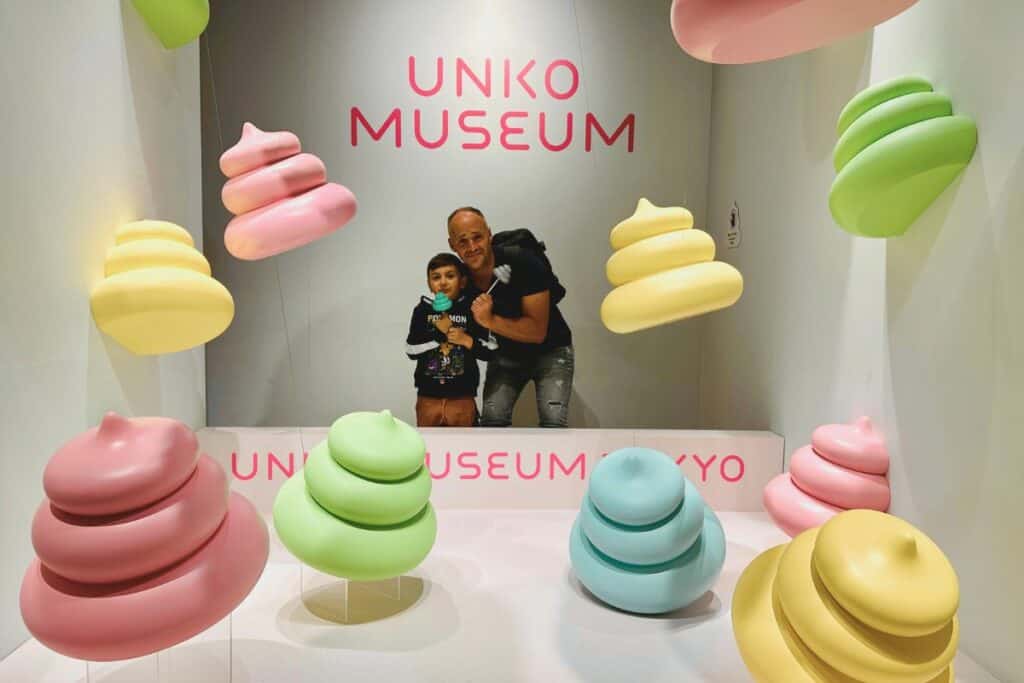Planning a trip to Tokyo but not sure where to stay? You’re not alone! With so many neighborhoods, each offering something different, it can feel overwhelming to choose the right area. You might be looking for easy access to public transportation, the best shopping and dining spots, or family-friendly options, …
For first-time visitors, Shinjuku and Shibuya are top choices, offering great access to attractions, shopping, and nightlife. For a more traditional feel, Asakusa is a charming area with a quieter vibe and plenty of temples. Families might prefer the quieter Ueno, while budget travelers can also find affordable options in Ueno or Ikebukuro.
Finding the right place to stay is important to make the most of your Tokyo experience, but it is also overwhelming. Don’t worry, though—I’ve gathered all the information you need! In this guide, I’ll break down the most common areas in Tokyo for every type of traveler, so you can book your accommodation with confidence.
Shinjuku
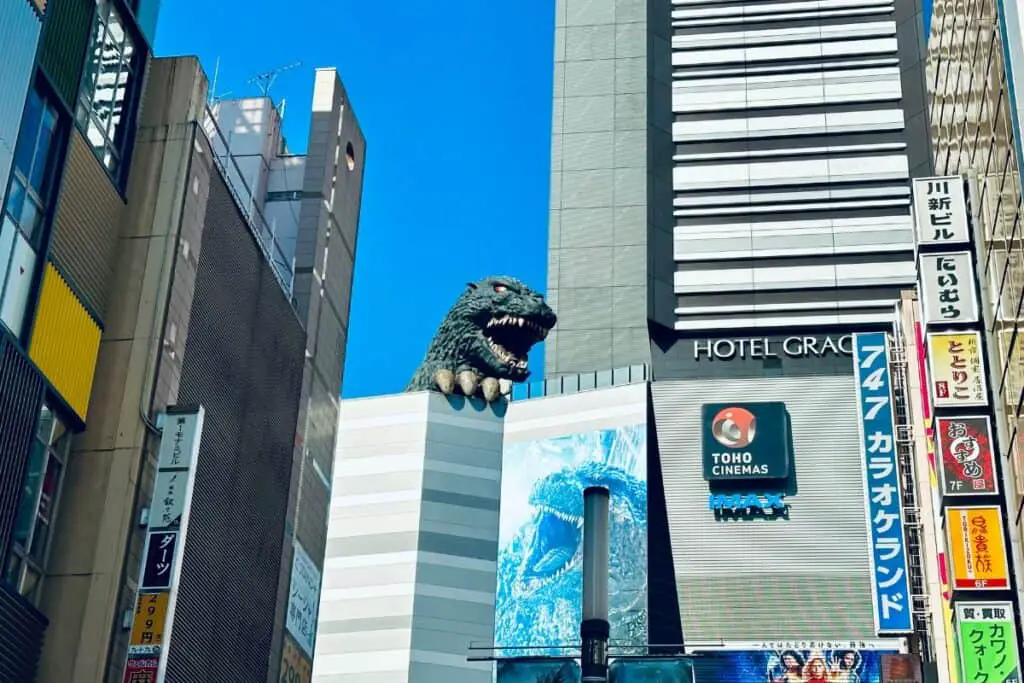
Shinjuku is one of the most popular areas in Tokyo, known for its busy streets and plenty of entertainment options. It is a fantastic base because of its excellent transportation links—Shinjuku Station is one of the busiest in the world, with access to JR lines, subways, and private railway companies. The area is generally safe, though it is quite crowded, especially at night.
It’s perfect for travelers who want to experience Tokyo’s nightlife, with tons of restaurants, bars, and karaoke spots. In terms of accommodation, Shinjuku offers everything from budget hostels to five-star hotels, with price ranges varying from ¥5,000 to ¥50,000+ per night. The wide variety of shopping centers, like Isetan and Bicqlo, and nearby attractions such as the Tokyo Metropolitan Government Building (free observatory) and Shinjuku Gyoen National Garden make it ideal for tourists who want to stay in the heart of the action.
Cons of Shinjuku
Shinjuku is one of the busiest and most chaotic areas in Tokyo. Its massive crowds, loud nightlife (especially in Kabukicho, a red-light district), and confusing layout can overwhelm first-time visitors. Hotel prices in Shinjuku tend to be on the higher side due to its popularity. Also, the constant activity can make it noisy, even late at night.
Hey, check out these recommendations I have for you!
Before going any further, take a look at some of the recommendations I've handpicked for you. I think these are essential items you should have on your trip to Japan. You can check them out and buy them directly from Amazon.
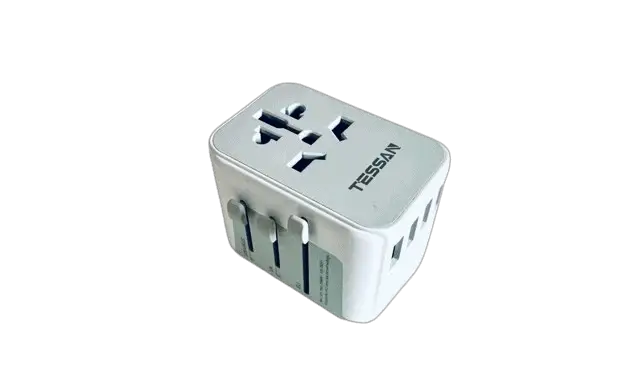
|

|

|
| A universal travel adapter | A 10,000 mAh power bank | A travel adapter and converter |
Shibuya

© Ana Costa
Shibuya is another iconic Tokyo neighborhood, famous for its scramble crossing and Shibuya Sky. For first-time travelers, Shibuya offers a mix of modern Tokyo culture and historic landmarks. The area is incredibly convenient, with Shibuya Station serving several train and subway lines. Safety is generally not an issue, but it’s good to be cautious in crowded spots like the crossing.
The area appeals to younger travelers and those interested in fashion, nightlife, and trendy cafés. Accommodations here can be on the pricier side, with mid-range and luxury hotels being the norm (from ¥10,000 to ¥40,000 per night). Nearby attractions like Harajuku, Meiji Shrine, and Yoyogi Park make Shibuya a great spot for travelers who want to be immersed in Tokyo’s contemporary scene while still having easy access to nature and culture.
Cons of Shibuya
Shibuya is incredibly popular and vibrant but can feel too crowded and fast-paced, especially around the famous Scramble Crossing. The area’s popularity means hotel prices can be steep, and it’s not the most peaceful place to stay. Shibuya’s nightlife scene might also not be ideal for families with young kids.
Asakusa
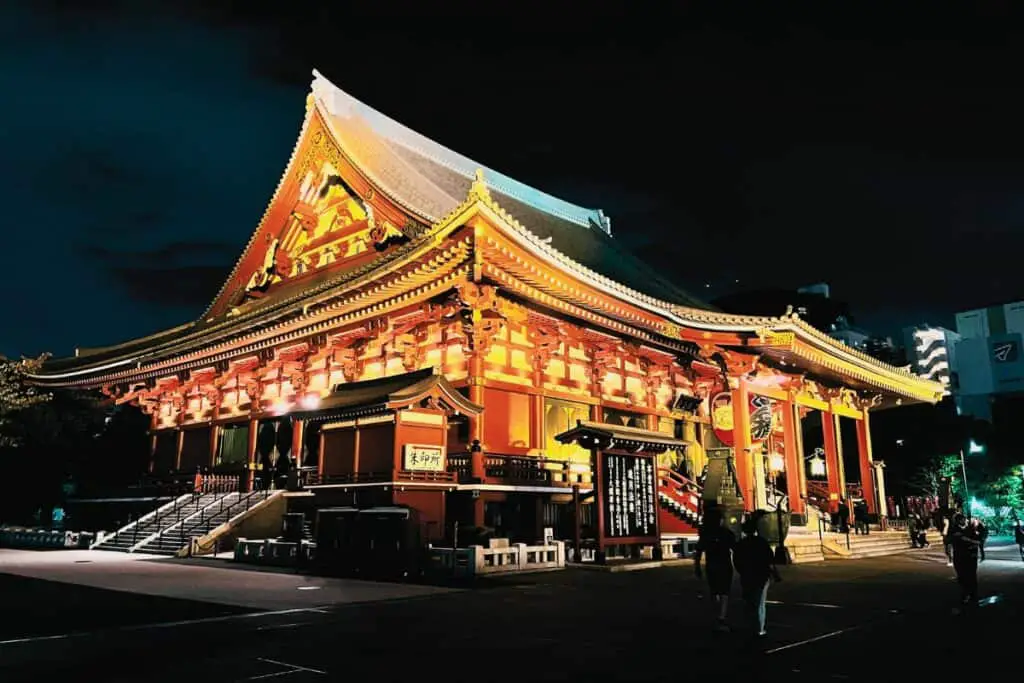
© Ana Costa
If you’re looking for a more traditional experience, Asakusa is a fantastic option. Known for Senso-ji, Tokyo’s oldest temple, Asakusa gives visitors a glimpse of historic Tokyo. The area is quieter than Shinjuku or Shibuya, which is perfect for families. It’s well-connected with the Ginza Line, which takes you directly into central Tokyo. Prices here tend to be lower than in the busier districts, with options like traditional ryokan and budget hotels.
Asakusa can be an affordable place to stay with prices around ¥4,000–¥15,000 per night. It is very safe, and its slower pace makes it ideal for families and older travelers. Aside from Senso-ji, there are nearby attractions like the Tokyo Skytree, making it a great area to explore on foot.
Cons of Asakusa
Asakusa is charming with its traditional vibe, but it’s a bit removed from Tokyo’s main entertainment districts and attractions. While the temple and surrounding streets are beautiful, the area is less convenient for nightlife or modern shopping experiences.
Get all the cool spots and tips for a fun trip to Japan. It's free!
Get My Japan Guide
Ginza
Ginza is the epitome of luxury in Tokyo, offering upscale shopping, fine dining, and an overall polished atmosphere. However, it’s not the first choice for budget-conscious travelers. Ginza Station is well-serviced by the subway, offering easy access to the rest of Tokyo. The area is generally very safe and quiet, compared to Shinjuku or Shibuya. It’s ideal for couples or solo travelers looking for a peaceful stay.
Accommodations here are generally high-end, ranging from ¥15,000 to ¥50,000 per night, with international brands and boutique hotels. Attractions nearby include the Kabuki-za Theatre, Hibiya Park, and a short walk to the Imperial Palace. Ginza is also home to Michelin-starred restaurants, making it a foodie’s paradise.
Cons of Ginza
Ginza is Tokyo’s high-end shopping district, but it lacks affordable accommodation and dining options. Its focus on luxury brands and fine dining makes it less appealing to budget-conscious travelers. While it’s great for upscale experiences, it can feel too polished and lack the vibrancy and diversity of areas like Shinjuku or Shibuya.
Tokyo Station/Marunouchi
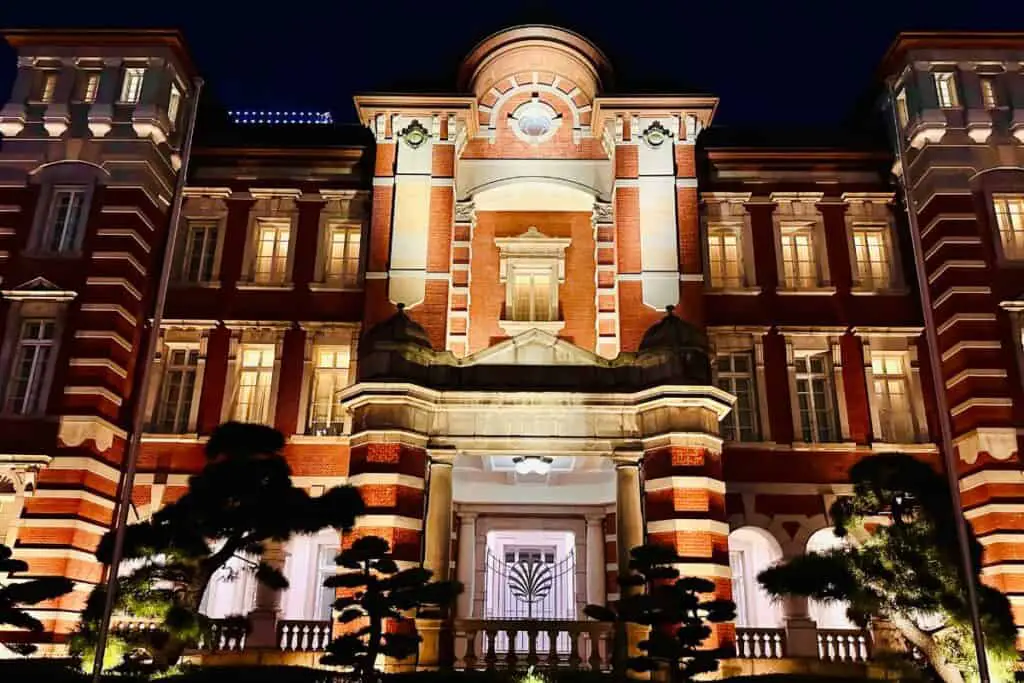
© Ana Costa
Staying near Tokyo Station in the Marunouchi district is perfect for travelers who prioritize convenience. Tokyo Station is a central hub for all JR lines, the Shinkansen (bullet train), and several subway lines, making it one of the best-connected areas in the city. The area is mostly known for its office buildings, so it’s not as lively at night as Shinjuku or Shibuya, but it’s very safe and offers high-end accommodations like The Tokyo Station Hotel. Prices here are on the higher side, ranging from ¥20,000 to ¥60,000 per night. Marunouchi is close to the Imperial Palace and its gardens, providing a peaceful contrast to the surrounding business district. Its central location makes it ideal for business travelers or tourists who plan to take day trips to nearby cities like Yokohama or even Kyoto via the Shinkansen.
Cons of Tokyo Station/Marunouchi
While Tokyo Station and Marunouchi are central and convenient, the area primarily caters to business travelers, with fewer entertainment or cultural attractions compared to other areas. Hotel prices are high, and the area can feel sterile and overly corporate, with fewer options for budget travelers or those looking for a lively atmosphere.
More about Tokyo Station/Marunouchi >>
Ueno
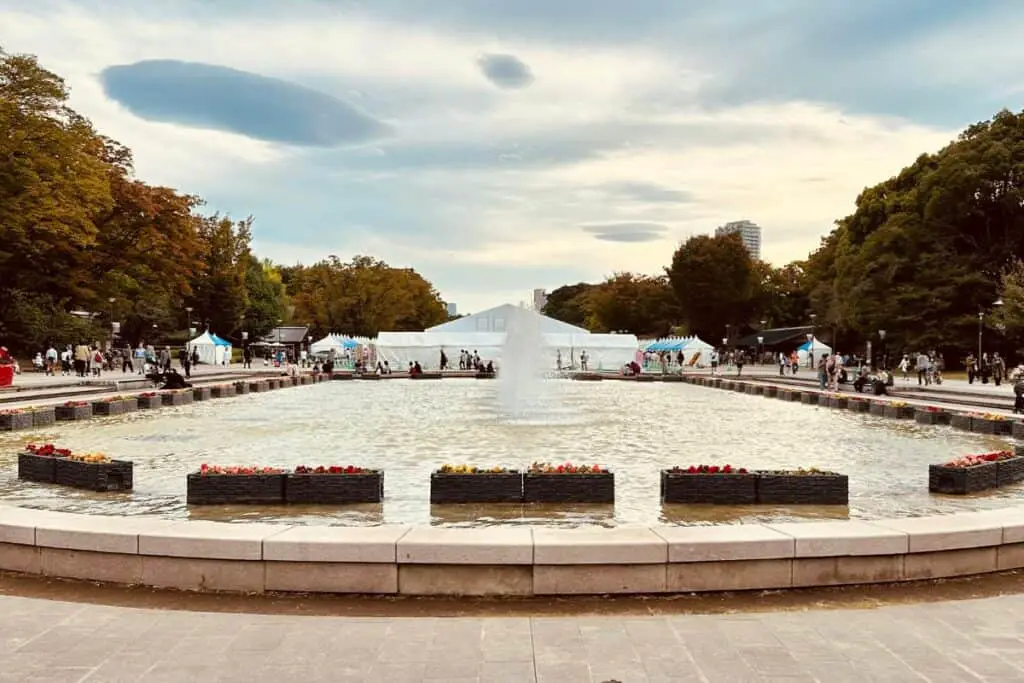
© Ana Costa
Ueno is a fantastic option for budget-conscious travelers and families, offering a mix of culture and affordability. The area is home to Ueno Park, Ueno Zoo, and several museums, making it a family-friendly destination. Ueno Station is a major hub for JR lines, including the Yamanote Line, and is also well-served by subways. Accommodations here range from hostels to mid-range hotels, with prices typically between ¥3,000 and ¥20,000 per night. The area is very safe, and it has a more laid-back vibe compared to Shibuya or Shinjuku. Ueno is also known for Ameya-Yokocho, a bustling market street where you can find street food, clothing, and souvenirs at bargain prices. This makes Ueno a great spot for both sightseeing and shopping.
Cons of Ueno
Ueno, while affordable and rich in cultural attractions, doesn’t offer the same modern appeal as areas like Shibuya or Ginza. The area is quieter at night, with fewer dining or entertainment options compared to other districts. Some travelers also find Ueno Station confusing to navigate due to its many train lines and exits.
Roppongi
Roppongi is known for its international flair and lively nightlife, making it a popular choice for expats and younger travelers. Roppongi Hills and Tokyo Midtown offer upscale shopping and dining options, while the nightlife scene caters to party-goers with a range of bars and clubs. Roppongi is well-connected by subway, with access to the Hibiya and Oedo Lines, although it doesn’t have the same level of accessibility as Shinjuku or Tokyo Station. The area is generally safe, but like any nightlife district, it’s best to exercise caution late at night. Accommodations range from affordable to luxury, with prices between ¥8,000 and ¥40,000 per night. Roppongi is also home to art institutions like the Mori Art Museum and the National Art Center, adding a cultural dimension to its vibrant scene.
Cons of Roppongi
Roppongi is known for its nightlife, but this can be a drawback for travelers looking for a quieter, more family-friendly environment. The area has a reputation for being a bit seedy at night, and its focus on upscale clubs and bars may not appeal to everyone. Hotel prices tend to be higher, and there’s less focus on traditional Japanese culture.
Odaiba
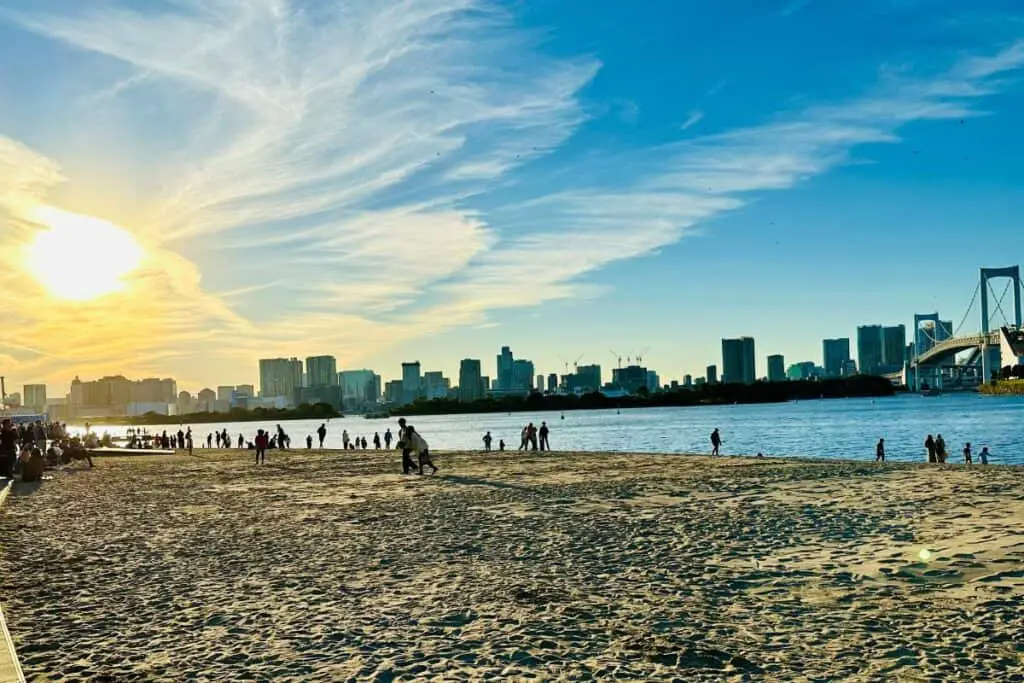
© Ana Costa
Odaiba is a modern, family-friendly area built on an artificial island in Tokyo Bay, offering a unique contrast to the city’s bustling core. Known for its futuristic architecture, entertainment complexes, and waterfront views, Odaiba is great for families and those looking to explore something a bit different. You’ll find attractions like the teamLab Planets Museum, the giant Gundam statue, and Odaiba Seaside Park, making it a fun spot for kids and adults alike. Shopping centers such as DiverCity Tokyo Plaza and Aqua City offer a range of dining and retail options.
Hotels here tend to be mid-range to high-end, with several offering beautiful views of the bay. Although it’s a little further from central Tokyo, Odaiba is well-connected via the Yurikamome Line and Rinkai Line, and its relaxed atmosphere makes it a popular weekend destination for locals. Prices for accommodation can be higher due to the scenic location, but the overall vibe is peaceful and spacious, with plenty of room for families to explore.
Cons of Odaiba
Odaiba’s biggest drawback is its distance from central Tokyo, making it less convenient for travelers who want easy access to major attractions. While the area offers beautiful views and family-friendly activities, getting to other parts of Tokyo can be time-consuming. The accommodations here also tend to be on the pricier side due to the scenic location.
Ikebukuro
Ikebukuro is a highly convenient area in Tokyo. It’s one of the city’s major transport hubs, and an ideal base for travelers who want easy access to Tokyo. Ikebukuro Station serves multiple train lines, including JR, Tokyo Metro, and private railways. The area itself is full of entertainment, dining, and shopping options. Sunshine City, a large entertainment complex, is ideal for both families and solo travelers.
In terms of accommodation, Ikebukuro offers a variety of options ranging from budget hostels to mid-range hotels. Therefore, prices are usually more affordable than in areas like Shibuya or Shinjuku. You’ll also find plenty of restaurants, arcades, and bars nearby. Ikebukuro has a vibrant, local feel and is known for being practical for budget-conscious travelers.
Dreaming of Japan? Here’s your go-to guide for a great trip.
Download Free Guide
Cons of Ikebukuro
Ikebukuro is lively but lacks the same charm or trendy appeal as Shibuya or Shinjuku. The area can feel a bit crowded and gritty, with less emphasis on high-end shopping or modern architecture. Although it’s affordable, it doesn’t offer as many standout attractions. It might feel more like a practical base than an exciting destination.
Areas to Avoid in Tokyo
- Roppongi: While exciting for nightlife, Roppongi can be overwhelming and risky at night, especially for families. The area’s party scene can attract some unsavory activity, making it less suitable for more conservative or family-oriented travelers.
- Kabukicho (Shinjuku): Kabukicho, Shinjuku’s red-light district, can be seedy and uncomfortable for those unfamiliar with Tokyo’s nightlife. Families and solo travelers looking for a safe and peaceful stay should steer clear of this area after dark.
Summary: Best Areas for Specific Needs
If after all this reading, you still don’t know where to stay in Tokyo, here’s a breakdown according to specific needs. I’ll give you the best area for each specific need, but also an alternative.
Easy Public Transportation Access
Tokyo Station/Marunouchi is the best due to its direct access to Shinkansen lines and multiple JR and subway lines. As an alternative, Ikebukuro also offers great access to various lines at a lower cost.
First-Time Tourists
Shinjuku is ideal for first-timers due to its mix of modern and traditional experiences, proximity to major sights, and lively atmosphere. For a quieter alternative, consider Asakusa for its more traditional vibe and easy access to historic sites.
Most Popular
Shibuya wins for its global fame, iconic Scramble Crossing, and youthful, trendy vibe. As an alternative, Ginza is popular with luxury travelers but more focused on high-end shopping.
Most Activities Nearby
Shinjuku is the best, offering shopping, dining, entertainment, and easy access to parks like Shinjuku Gyoen. Ikebukuro is a good alternative, with attractions like Sunshine City and convenient transport links.
Cheapest Area
Ueno offers the most budget-friendly options, from accommodations to dining. An alternative is Ikebukuro, which also has affordable hotels and is a major transportation hub.
More Types of Accommodation Available
Shinjuku has the widest range of accommodations, from budget hostels to luxury hotels. As an alternative, consider Ueno, which also offers various options at more affordable rates.
Safest Area
Tokyo Station/Marunouchi is the safest due to its business-oriented environment and low crime rates. For a family-friendly alternative, consider Odaiba, which offers a calm, safe atmosphere and is ideal for children.
Best for Families
Odaiba is the most family-friendly area with its wide-open spaces, kid-friendly attractions, and less crowded environment. An alternative is Ueno, with its zoo and parks that cater to younger travelers.
My favorite areas
Personally, I loved Tokyo Station/Marunouchi, Asakusa and Ueno. These areas are a mix of convenience and calm atmosphere, so they were perfect for my previous trips. Also, I like to choose accommodation that is located within a 5-minute walk of a train/subway station. This way, when I return of a long exploration day, I only have to walk for 5 minutes to reach my bed or futon. 🙂

